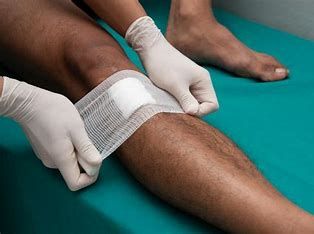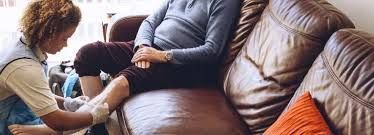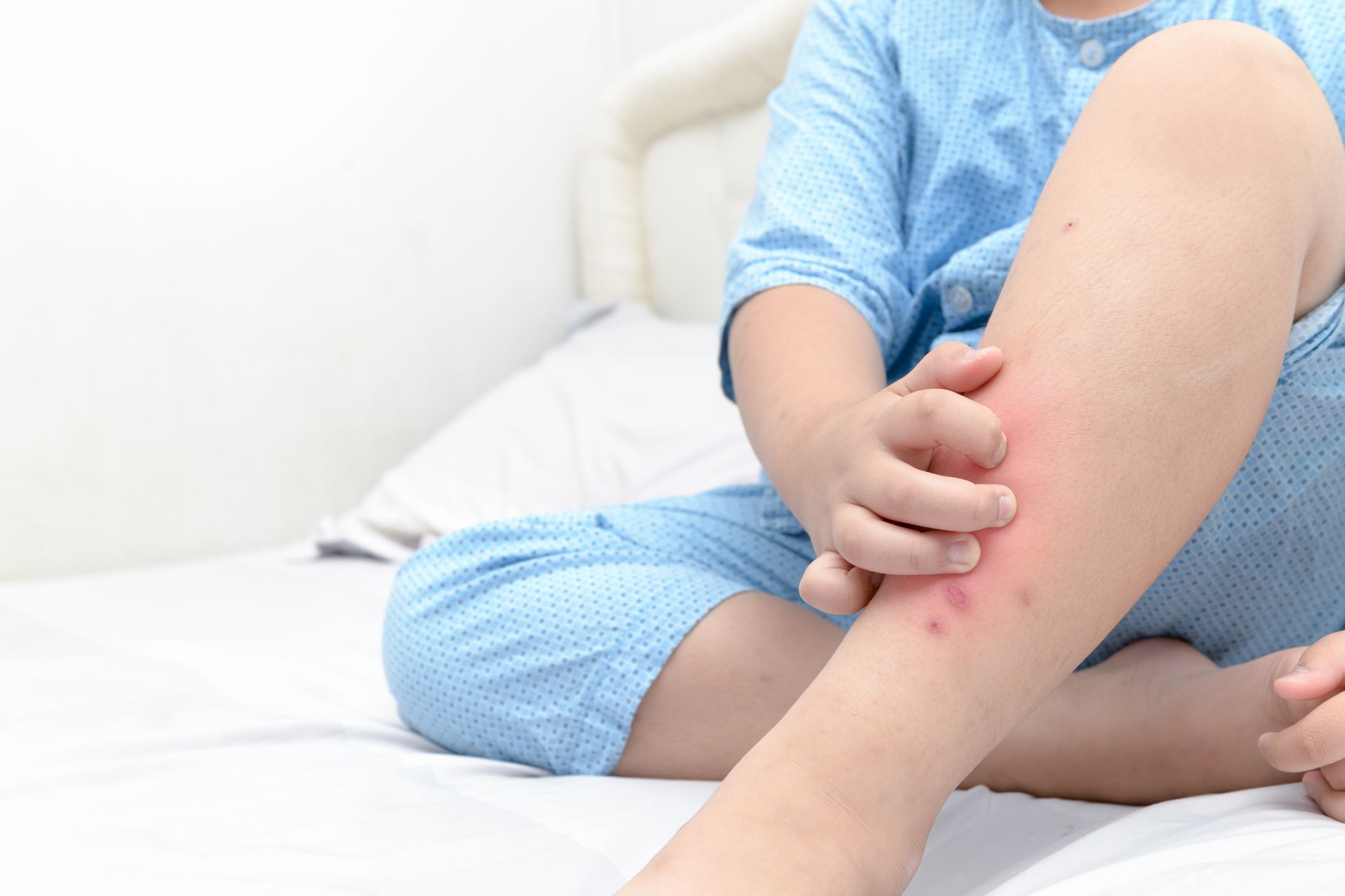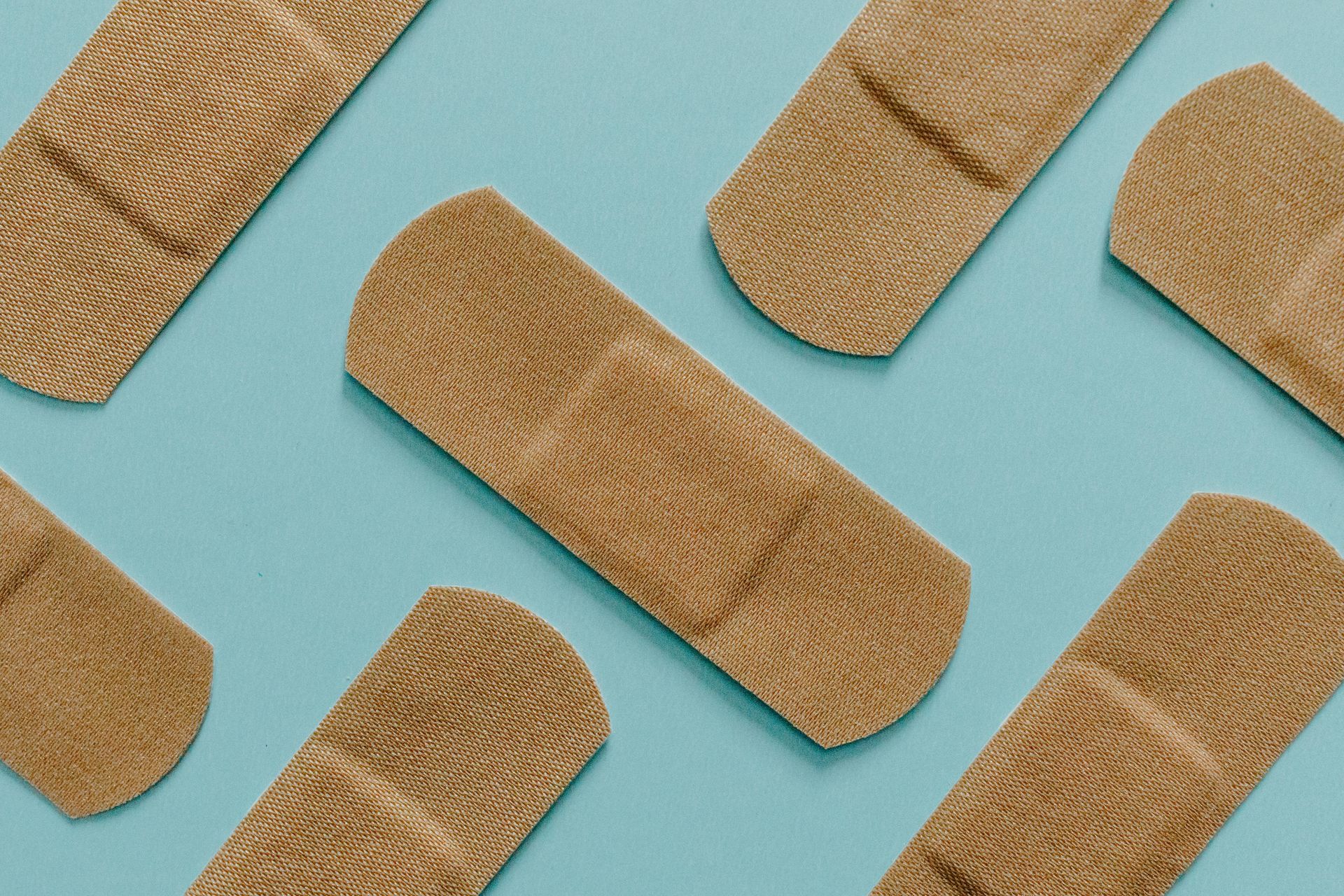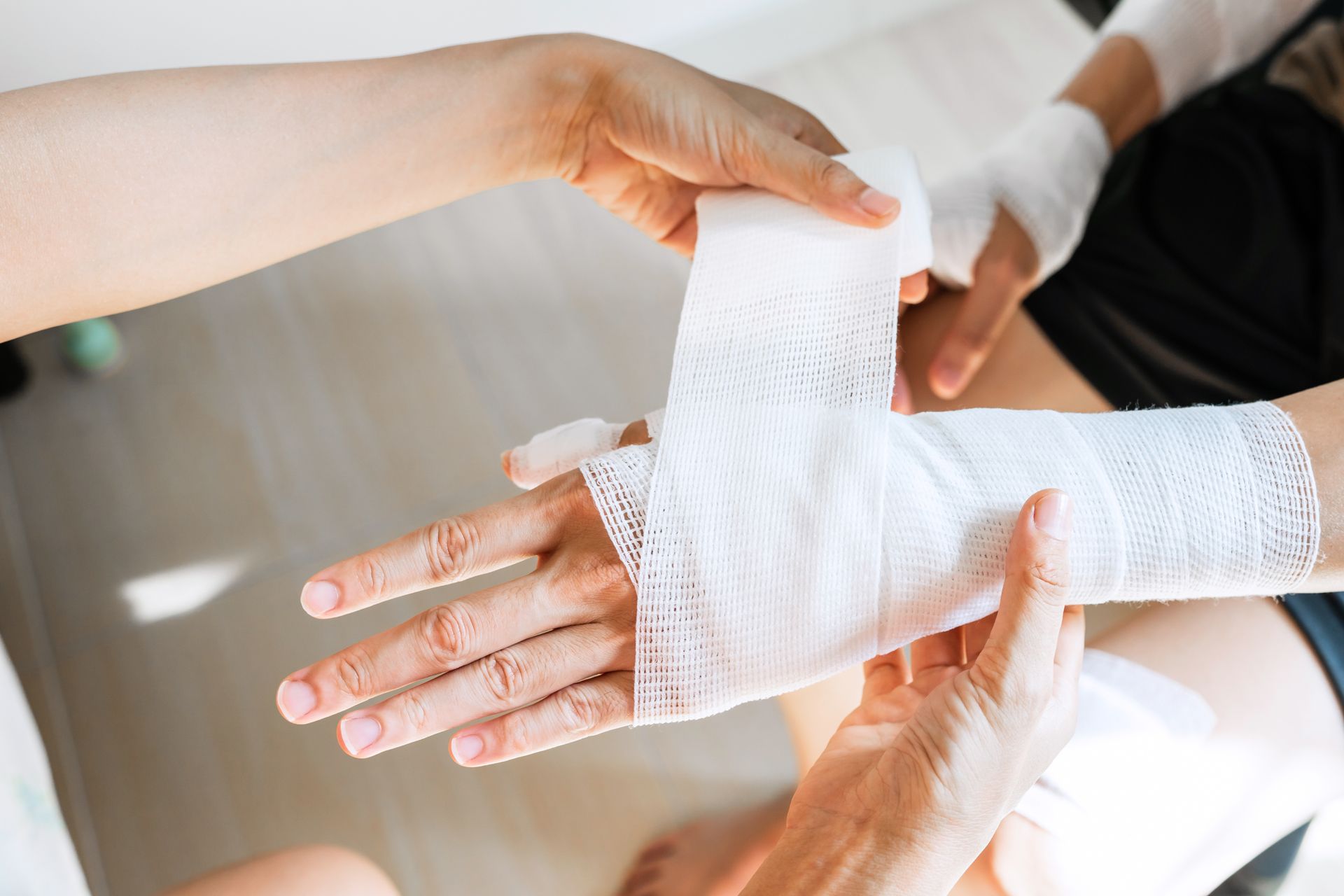How to Clean a Wound at Home: Step-by-Step Guide
A Simple, Safe Approach to Treating Minor Wounds Without Leaving Home
How to Clean a Wound at Home: Step-by-Step Guide
Minor wounds are a part of everyday life. From a scraped knee to a small cut while cooking, injuries happen. But how you respond in those first few minutes can make a huge difference. Proper wound care at home not only speeds up healing but also helps prevent infection and reduces scarring.
This step-by-step guide will walk you through how to clean a wound at home in a safe, simple, and effective way.
Why Proper Wound Care Matters
Cleaning a wound might seem straightforward but doing it the right way can prevent complications like infections, delayed healing, or long-term skin damage. In some cases, infections from minor wounds can lead to serious issues if left untreated. That’s why having a clear process for cleaning and dressing a wound at home is so important.
Let’s break it down step-by-step.
Step 1: Start with Clean Hands
Before you even touch the wound, clean your hands thoroughly. Use soap and warm water, and scrub for at least 20 seconds. If you’re not near a sink, hand sanitizer works in a pinch. This first step ensures you don’t introduce bacteria into the open area.
Step 2: Stop the Bleeding
If the wound is bleeding, apply gentle but firm pressure using a clean cloth, sterile gauze, or even a paper towel if nothing else is available. Hold it in place for a few minutes. If possible, raise the injured area above the heart level to slow the bleeding.
Most minor cuts and scrapes will stop bleeding within a few minutes. If it doesn’t, and the blood is flowing steadily, that’s a sign to seek professional help.
Step 3: Rinse the Wound with Water
Once bleeding is under control, rinse the wound under cool or lukewarm running water. This helps flush out dirt, debris, and bacteria that may have entered the wound.
Avoid using hydrogen peroxide or alcohol directly on the wound. While it’s a common myth that these help clean better, they can actually irritate the tissue and slow healing. Water is usually enough, and gentle is key.
Step 4: Remove Any Debris
If there are small particles like dirt, gravel, or wood splinters in the wound, use a clean pair of tweezers to gently remove them. Be sure the tweezers are disinfected. Wipe them down with rubbing alcohol before use.
Don’t dig too deep or force anything out. If something is embedded or difficult to remove, it’s best to leave it alone and call a healthcare professional.
Step 5: Clean Around the Wound
You don’t want to rub soap directly inside the wound, but you can clean the skin around it with mild soap and water. Use a soft cloth or sponge and be gentle. This step helps keep bacteria away from the healing area without irritating it.
Step 6: Apply an Ointment or Petroleum Jelly
To help the wound heal faster and prevent it from drying out, apply a thin layer of antibiotic ointment or petroleum jelly like Vaseline. This keeps the area moist and helps protect it from bacteria.
Some people may experience mild skin irritation from antibiotic creams. If you notice redness or itching around the area after applying one, switch to petroleum jelly instead.
Step 7: Cover It Up
Place a sterile adhesive bandage or gauze pad over the wound. This helps keep out dirt and bacteria, especially during the early stages of healing when the skin is most vulnerable.
Change the bandage daily, or sooner if it gets wet or dirty. If the wound is small and scabs over after a day or two, you can leave it uncovered, but always check how it looks first.
Step 8: Monitor for Signs of Infection
Even with great care, wounds can sometimes become infected. Keep an eye out for:
- Redness that’s spreading around the wound
- Swelling or increasing pain
- Warmth or heat in the area
- Pus or unusual discharge
- A foul odor
- Fever
If you notice any of these signs, it’s time to call a professional.
Step 9: Let It Heal Naturally
Your body knows how to repair itself. Once the wound is clean and covered, your job is to protect it and give it time. Resist the urge to scratch or pick at scabs, they’re part of your body’s natural defense system.
To support healing from the inside out, eat nutritious foods, stay hydrated, and get enough rest. These simple things go a long way in helping wounds heal faster and better.
Step 10: Know When to Call a Professional
Not all wounds can or should be handled at home. Here’s when to reach out for help:
- The wound is deeper than ¼ inch
- Bleeding doesn’t stop after 10–15 minutes
- You can’t remove dirt or debris
- The cut was caused by a dirty or rusty object
- It’s a puncture, bite, or burn
- You notice signs of infection
- The wound is on your face, hands, or genitals
- You have a chronic condition like diabetes, which can affect healing
When in doubt, it’s better to get it looked at than to wait and see.
Home Care Is Good. Professional In-Home Care Is Even Better.
At Tender Wound Care Medical PC, we understand that not every wound is simple. And not everyone has the supplies or confidence to manage wound care on their own. That’s where we come in.
We provide expert in-home wound care in the greater Pheonix area., so you don’t need to leave your house or risk a trip to the clinic.
Here’s how we help:
- We come directly to your home wherever you are
- Our certified wound care nurses assess, clean, and dress wounds with precision
- We bring all the medical-grade supplies needed
- We teach you or your caregiver how to manage follow-up care
- We offer gentle, respectful care in the comfort of your home
Need help with wound care?
Call us today at (877)205-5541 to schedule a visit or ask questions. Whether it’s a surgical wound, pressure ulcer, or diabetic injury we’ll be there, ready to help.
Final Thoughts
Cleaning a wound at home doesn’t need to be complicated. With the right steps, a gentle hand, and a bit of knowledge, you can take care of cuts, scrapes, and minor injuries with confidence.
But remember, if something doesn’t feel right whether it’s slow healing or signs of infection it’s okay to ask for help.
We’re here for you. At Tender Wound Care, healing begins at home.


